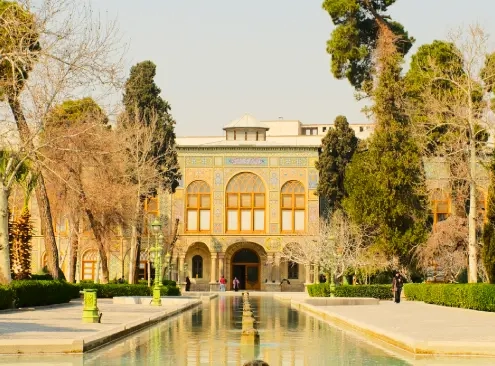
Top Places to Visit in Tehran at Night
/
0 Comments
Nightlife in Tehran is an outstanding opportunity for both tourists…

Best Places for Seeing Reverse Tulips in Iran
The reverse tulip, also called Crown Imperial or Fritillaria…

What Is Sustainable Tourism?
In today’s world, where nature is under pressure and cultures…

Top 10 Restaurants in Tehran
Tehran, Iran’s bustling capital, is not only rich in history…
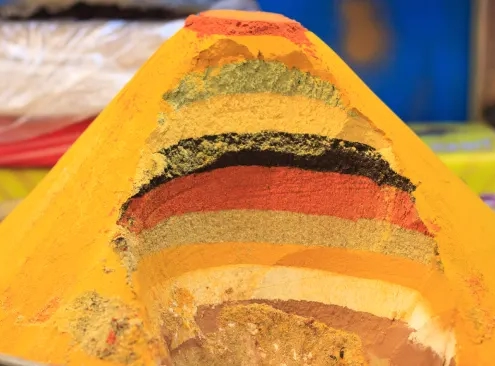
Top 10 Iranian Spices & How to Use Them
Spices are an essential part of cooking because they can perfect…

Iran Doostan, Best Iran Travel Blog & Website in 2025 by FeedSpot
We are honored and thrilled to announce that Iran Doostan has…
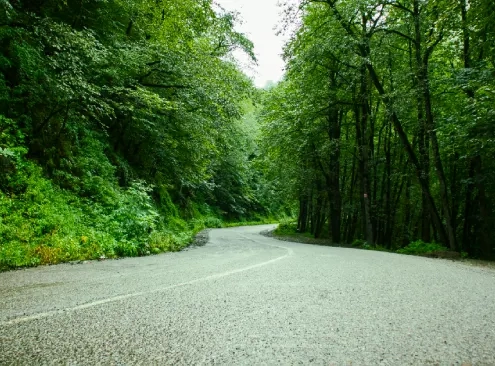
Asalem to Khalkhal Road (Map, Length, Things to Do)
Roads are commonly transitory routes that take you from a starting…

Alcohol in Iran for Tourists, All You Need to Know
Iran is a country rich in history, culture, and breathtaking…

Top 10 Vegetarian Food of Iran
Vegetarian foods are not only healthy and nutritious but also…

Persian Dolmeh Bademjan (Recipe, Ingredients, Tips)
Dolmeh Bademjan, or stuffed vegetables, is one of the traditional…

Everything About Kurdish Dance (History, Tutorial, Wedding)
Kurdish dance is a captivating and deeply rooted tradition that…
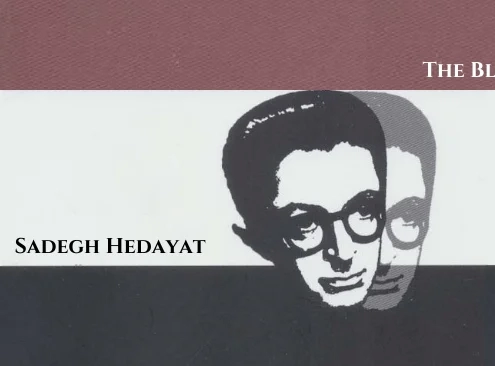
The Blind Owl Book by Sadegh Hedayat
Sadegh Hedayat was an eccentric Iranian author who altered the…
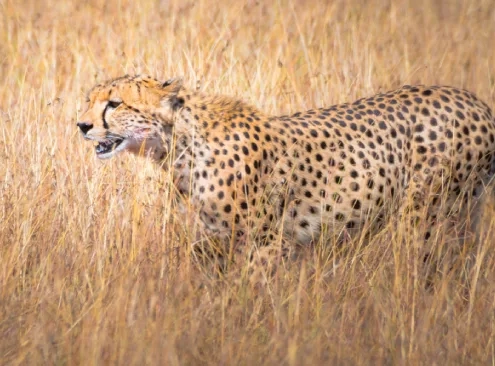
Complete List of Iran Wildlife Animals (List, Facts, Pictures)
Iran is home to a diverse range of wildlife species due to its…

Quran Gate of Shiraz | Cultural Symbol of Shiraz
Shiraz, a city renowned for its poetry, gardens, and cultural…
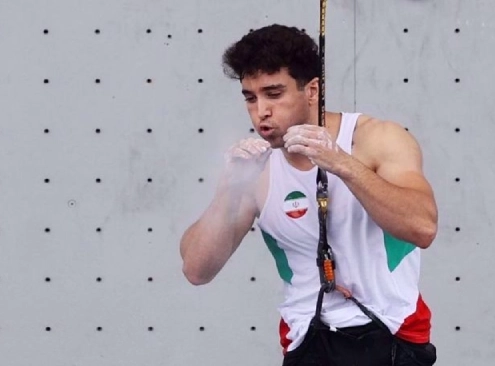
Reza Alipour; Fastest Man in Rock Climbing
Reza Alipour is a name that is well-known in the world of rock…
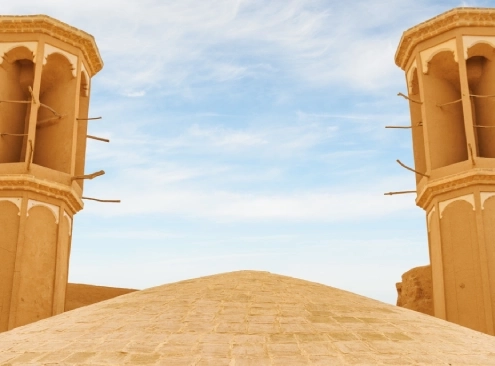
Shesh Badgir Ab Anbar, Yazd (History, Architecture, Tour)
Shesh Badgir Ab Anbar is a historic water reservoir located in…

When Is Ramadan 2025? (Dates, Calendar, Eid)
Ramadan is a holy month for Muslims around the globe. This religious…

Fereydoon Moshiri (Biography, Poems, Books)
Fereydoon Moshiri is one of the most celebrated poets in modern…


